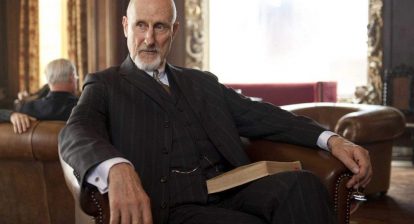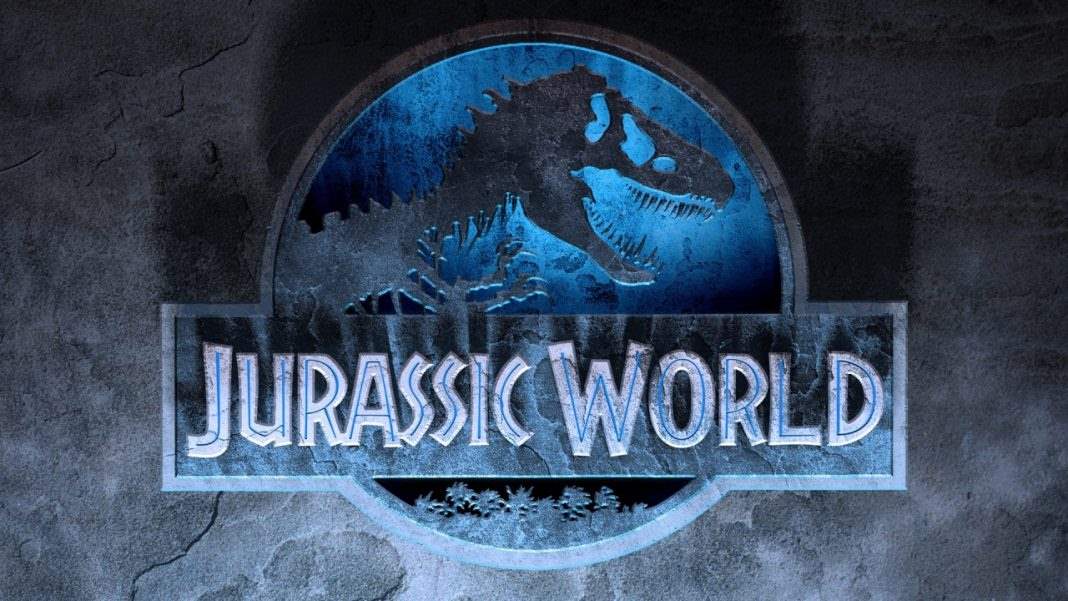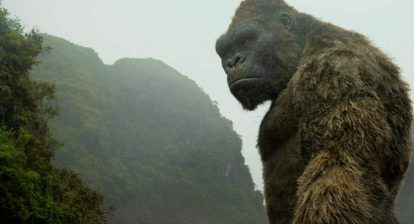It’s taken a long time for dinosaurs to really be considered animals in the public consciousness—and we’re still not quite there. For over a century, from the time the first fossils were uncovered, they were considered monsters. Now, the latest entry in the biggest dinosaur franchise in the world has arrived. And it shows how much things have changed. In Jurassic World there are things scarier than dinosaurs, things beyond dinosaurs that are considered the next step. And creatures like T-Rex and Velociraptor, well, they’re more or less the heroes.
But when they were monsters, they were naturally horror monsters and had a long, albeit struggling career as such. Dinosaurs almost always seem more suited for adventure films or even kids movies…but they have a long relationship with horror.
Long enough, in fact, to stretch all the way back to the silent era, with the first adaptation of Sir Arthur Conan Doyle’s The Lost World. Directed by Harry O. Hoyt, it was a breakthrough in stop-motion effects. In fact, it’s not much of a stretch to say that it did for visual effects in 1925 what Jurassic Park did in 1993. It changed things. People were enamored with it. It was one of the first feature-length fantasy films ever. But at the same time, there was a strong element of horror and suspense that the audiences of the era loved.
Related: Eight Horrifying Jurassic Park Moments that Didn’t Make it into the Movie
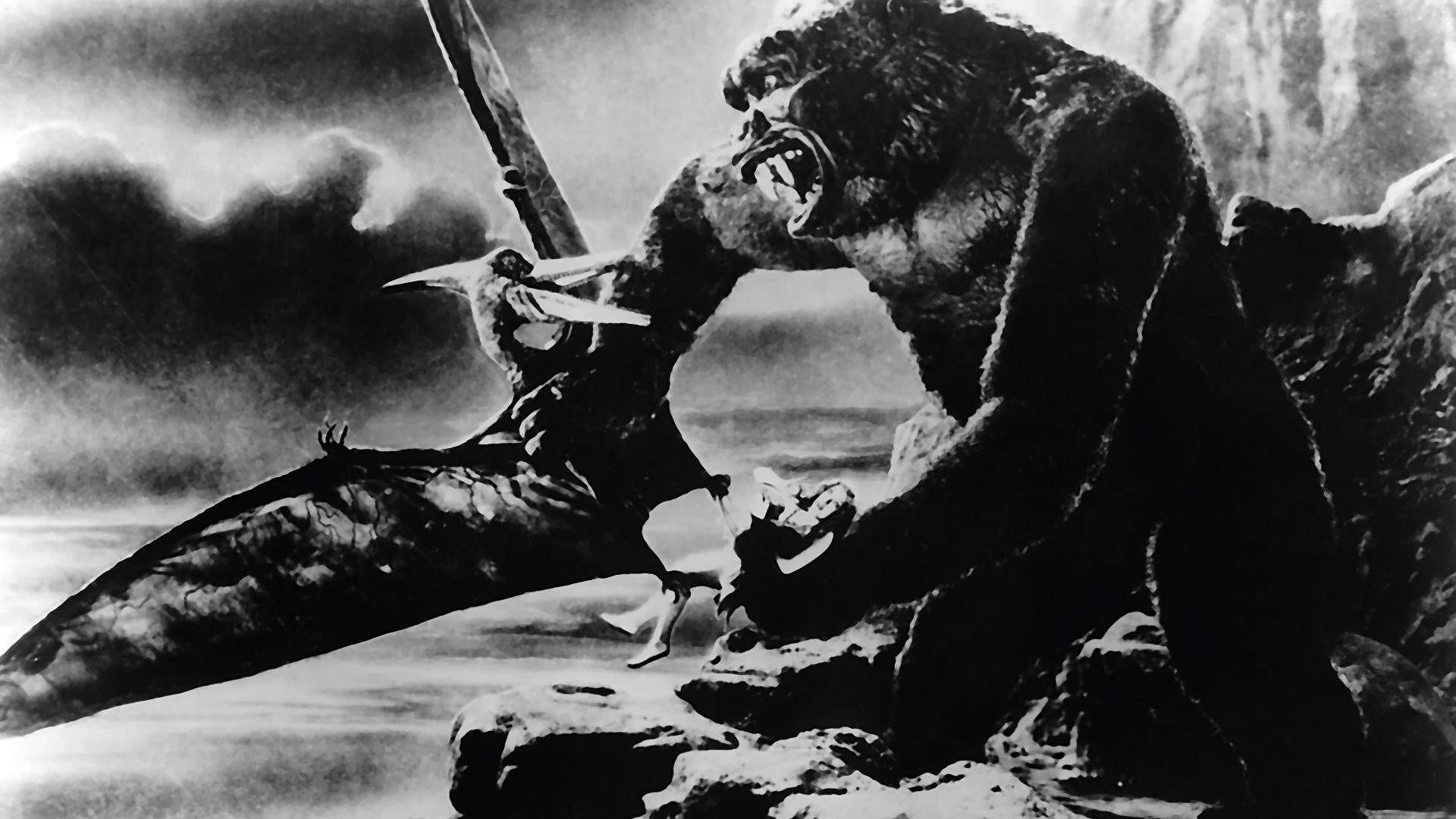 Not too long after The Lost World came something that really helped to establish dinosaurs as not only an area of wider study, but as true cinematic icons. The film was King Kong. To this day, it is one of the biggest and most important movies in the scope of cinema. It became one of the most memorable cinematic experiences of all time. It was as epic as fantasy could get in 1933 and yet it is absolutely a work of horror at the same time. Kong is both monster and hero, but he is constantly saving the damsel Anne from the true threats of Skull Island: dinosaurs. There are lengthy scenes on the island where Kong faces off against a Tyrannosaurus, Elasmosaurus and Pteranodon while the crew of the ship find themselves battling Stegosaurus and Brontosaurus.
Not too long after The Lost World came something that really helped to establish dinosaurs as not only an area of wider study, but as true cinematic icons. The film was King Kong. To this day, it is one of the biggest and most important movies in the scope of cinema. It became one of the most memorable cinematic experiences of all time. It was as epic as fantasy could get in 1933 and yet it is absolutely a work of horror at the same time. Kong is both monster and hero, but he is constantly saving the damsel Anne from the true threats of Skull Island: dinosaurs. There are lengthy scenes on the island where Kong faces off against a Tyrannosaurus, Elasmosaurus and Pteranodon while the crew of the ship find themselves battling Stegosaurus and Brontosaurus.
Through the rest of the thirties and forties, dinosaurs began to disappear from cinemas. But it didn’t last. In the 1950’s, there was a huge boom of science fiction and giant monster movies. Audiences could not get enough. As a result, there were so many dinosaur features that the creatures might as well have still been alive. Things like The Beast from 20,000 Fathoms, The Lost Continent, The Animal World, The Beast of Hollow Mountain and of course 1954’s Godzilla. Centering on a dinosaur that was affected by radiation and transformed, Godzilla was also a grim look at the way Japan had been affected by the bomb and the general horrors of war.
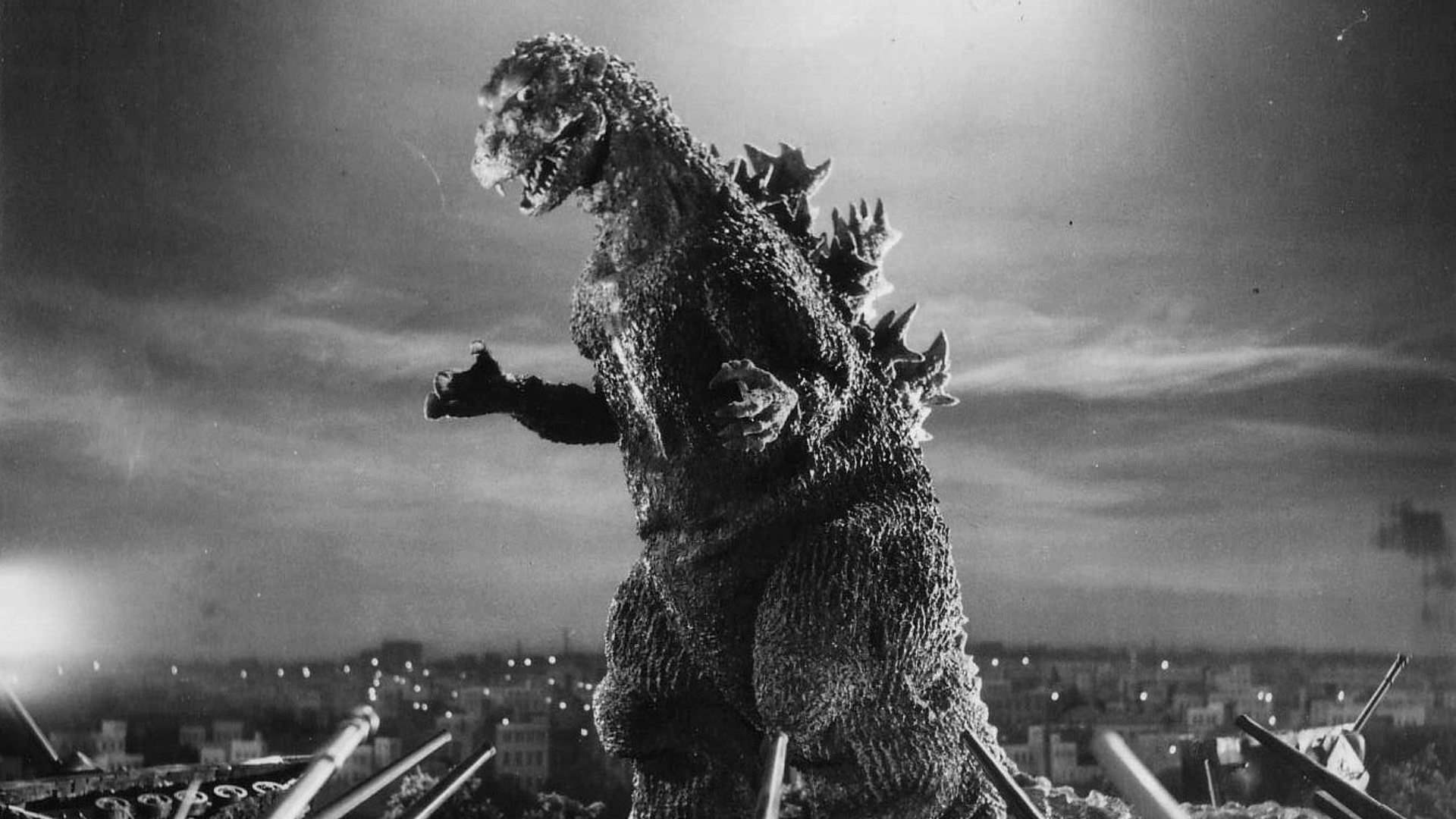 Dinosaurs didn’t disappear after that, either. Godzilla only became one of the biggest icons in cinematic history and the 1960’s saw a new version of The Lost World as well as The Valley of Gwangi and One Million Years B.C. In the ‘70’s, dinosaurs were as big as ever. Hammer Films even got in on the action with When Dinosaurs Ruled the Earth. There were features like Planet of Dinosaurs, The Crater Lake Monster, The Last Dinosaur and The Land That Time Forgot. Some of these fared better than others, most were B-Movies in an age where that kind of thing was disappearing as exploitation became more and more popular.
Dinosaurs didn’t disappear after that, either. Godzilla only became one of the biggest icons in cinematic history and the 1960’s saw a new version of The Lost World as well as The Valley of Gwangi and One Million Years B.C. In the ‘70’s, dinosaurs were as big as ever. Hammer Films even got in on the action with When Dinosaurs Ruled the Earth. There were features like Planet of Dinosaurs, The Crater Lake Monster, The Last Dinosaur and The Land That Time Forgot. Some of these fared better than others, most were B-Movies in an age where that kind of thing was disappearing as exploitation became more and more popular.
After the 70’s, dinosaurs on the screen were nearly extinct. The special effects hadn’t changed since the ‘20’s. Paleontologists’ ideas of what dinosaurs looked like were being constantly redefined and yet in cinemas, they looked the same as they had in King Kong. Something needed to change.
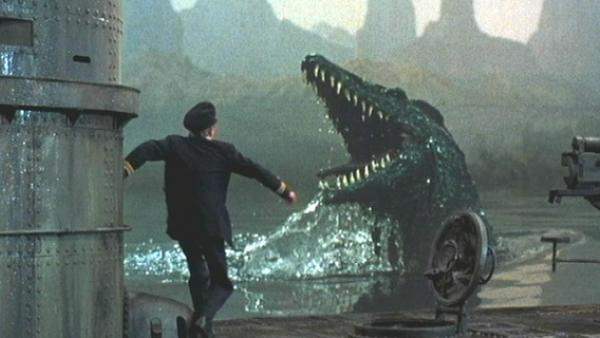 But for years nothing did. Not until Michael Crichton published his 1990 novel Jurassic Park. A book full of not only accurate science, but interesting characters and epic action. And horror. It was a gory, descriptive novel in which people were torn limb from limb. It was bought by Steven Spielberg, who got right to work on adapting it into a feature film. Initially, as unbelievable as it sounds, not much was going to change from the previous dinosaur movies when Jurassic Park was being conceived. Spielberg planned to use stop-motion until the test animation for the dinosaur movements looked so great that the director decided to use digital creatures instead.
But for years nothing did. Not until Michael Crichton published his 1990 novel Jurassic Park. A book full of not only accurate science, but interesting characters and epic action. And horror. It was a gory, descriptive novel in which people were torn limb from limb. It was bought by Steven Spielberg, who got right to work on adapting it into a feature film. Initially, as unbelievable as it sounds, not much was going to change from the previous dinosaur movies when Jurassic Park was being conceived. Spielberg planned to use stop-motion until the test animation for the dinosaur movements looked so great that the director decided to use digital creatures instead.
It was a move that, well, changed movies. These dinosaurs were unlike anything audiences had ever seen before. In 1993, they were the most scientifically accurate prehistoric beasts ever put on the screen. The film was a massive blockbuster, combining action, fantasy and horror in a big package that the whole family could enjoy. It was suspenseful and it made audiences fall in love with dinosaurs again. The problem was that, unlike everything that came before it, Jurassic Park was an insanely expensive movie to make.
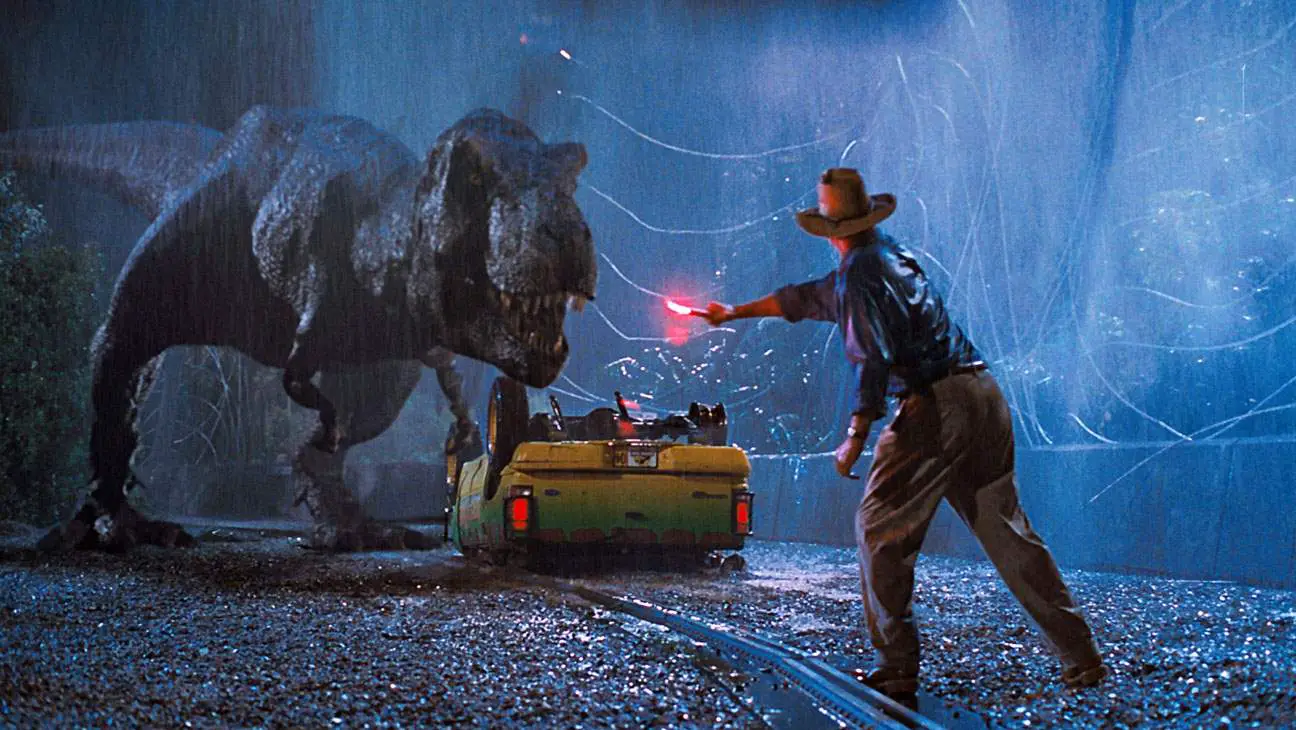 Everything made to capitalize on its success was cheap and just looked cheaper in comparison when paired up beside the blockbuster. The Roger Corman produced Carnosaur series proves this. Entertaining as those straight-to-video dino-horror entries may be, they weren’t scary. Nobody really took them seriously. Charles Band, of Full Moon Features, also got in on the action…through his kids label, Moonbeam. The Prehysteria movies were probably more fun than they had any right to be, but were still incredibly low-budget.
Everything made to capitalize on its success was cheap and just looked cheaper in comparison when paired up beside the blockbuster. The Roger Corman produced Carnosaur series proves this. Entertaining as those straight-to-video dino-horror entries may be, they weren’t scary. Nobody really took them seriously. Charles Band, of Full Moon Features, also got in on the action…through his kids label, Moonbeam. The Prehysteria movies were probably more fun than they had any right to be, but were still incredibly low-budget.
Ever since, Jurassic Park has been the leading name in dinosaur cinema. Every attempt in horror to capitalize on them has come off as cheesy or unmemorable, usually both. It’s hard to imagine we’ll ever have another big dinosaur-led franchise outside Jurassic Park. And while that was one of the best adventure movies of all time, it both resurrected and killed dinosaurs simultaneously. Of course, they’d had their problems before that. They needed something like Jurassic to save them and for all intents and purposes it probably did, just not for horror. They’ve belonged to kids ever since, probably where they should have been in the first place.
Dinosaur movies are made for the entertainment of children, first and foremost. Yet when done right, like Jurassic Park, they’re something that absolutely everyone can enjoy. But their rocky relationship with the horror genre has, aside from a few low-budget attempts, come to a close. Maybe there’s something still there. Maybe even features like Carnosaur could be welcome in this day and age. If there is still potential for dinosaurs and horror to come together, maybe one day it will be explored. Dug up, even, and put on display. Or maybe dino-horror is well and truly extinct.


